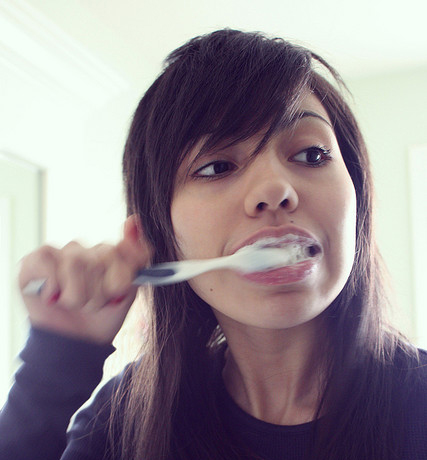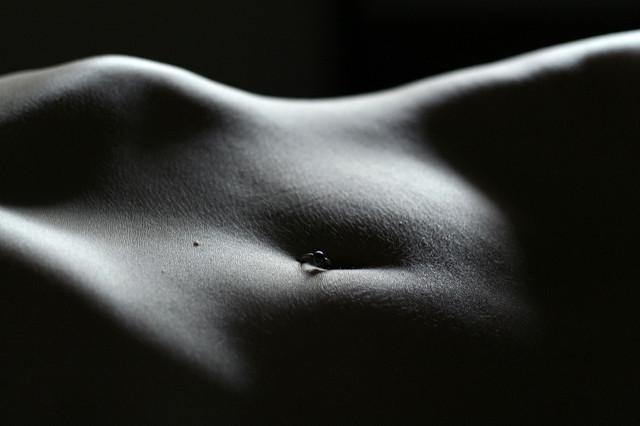Every time we sit down for a meal or flash a smile, our teeth and gums are front and center. We use our teeth every day, all day, so why are there so many misconceptions about how to maintain healthy teeth and gums? Cut through the confusion and re-examine the following myths to learn the facts about your dental health.
1. If my teeth look and feel healthy, regular dental visits aren’t necessary.
If you’re one of the 100 million (!) Americans who avoid yearly dental visits, pay attention. Even with no apparent symptoms, you could still have oral health issues that can only be detected by a dental professional.
If you don’t currently have any dental problems, it’s still essential to visit your dentist on a regular basis to have stubborn plaque and tartar removed from your teeth and gums. Taking this basic step allows your dental professionals to give you preventative treatments that keep your mouth as healthy as possible.
2. Dental visits are too expensive.
It may be true that a dental visit can become pricey if you require several treatments and procedures. However, avoiding dental visits won’t make your dental problems go away or your oral health less costly. In fact, dental issues are likely to develop or worsen, which means they’ll probably be more expensive to resolve in the future.
You can save money and feel better by addressing problems as early as possible. Visit your dentist twice a year for professional cleanings and exams and whenever you have any discomfort or physical damage to your gums or teeth.
3. Brushing harder is better.
The thought of removing every last piece of food and tartar from your teeth may cause you to get a little overzealous while you’re brushing. If the bristles of your toothbrush curve over, you may want to re-examine your brushing habits.
Forceful brushing can cause real damage, wearing away enamel and gum so that the teeth become unstable at their roots (eek). So remember to keep your brushing motion gentle and always opt for a soft-bristled brush.
4. Flossing is a non-negotiable step in your oral health care routine.
Even people who are extremely diligent about brushing their teeth sometimes drop the ball when it comes to flossing. If you have to dig through your bathroom drawer to find the floss after you’ve eaten a bowl of popcorn, it’s probably time to change your at-home dental habits.
Cleaning your teeth with floss is an essential step for removing plaque from between your teeth and preventing cavities and gum disease. Flossing only adds another minute or two to your at-home dental regimen, and once you start, you’re likely to find that it’s an easy habit to maintain.
5. Gum health is secondary to tooth health.
Your gums serve several essential functions — including holding your teeth in place — so it’s just as important to focus on healthy gums as it is to focus on clean, healthy teeth. Problems with your gums — like gingivitis and periodontitis — are serious and can lead to tooth loss.
Even if you don’t have any visible symptoms, you may still have gum disease, so it’s important to see a dentist on a regular basis before the problem worsens. The good news is that gingivitis is reversible and periodontitis can be treated. The even better news is that you can often prevent these diseases by flossing every day.
6. Bleeding from the gums is normal.
Bleeding gums have a number of potential causes, including:
Pregnancy
Certain medications
A new flossing routine
Harsh brushing
Gingivitis
Some of these causes can lead to more serious issues, so these symptoms shouldn’t be disregarded. For immediate relief and antiseptic effect, try gargling with salt water for 30 seconds. Note: Contrary to misconception, regular flossing actually reduces bleeding over time.
7. Braces are for teenagers.
Plenty of adults want to straighten their teeth, but they’re held back by the idea that they’re somehow too old for braces — but people of all ages deserve to enjoy a great smile that makes them feel confident and attractive.
Thankfully, cosmetic dentistry has come a long way, and there are plenty of attractive options for adults. While traditional metal braces are available, many adults opt for transparent aligners that are practically invisible.
Related: 7 Most Common Hair Mistakes You’re Making
7 Tips to Whiten Your Teeth Naturally
__
Photo: eli santana via Flickr





